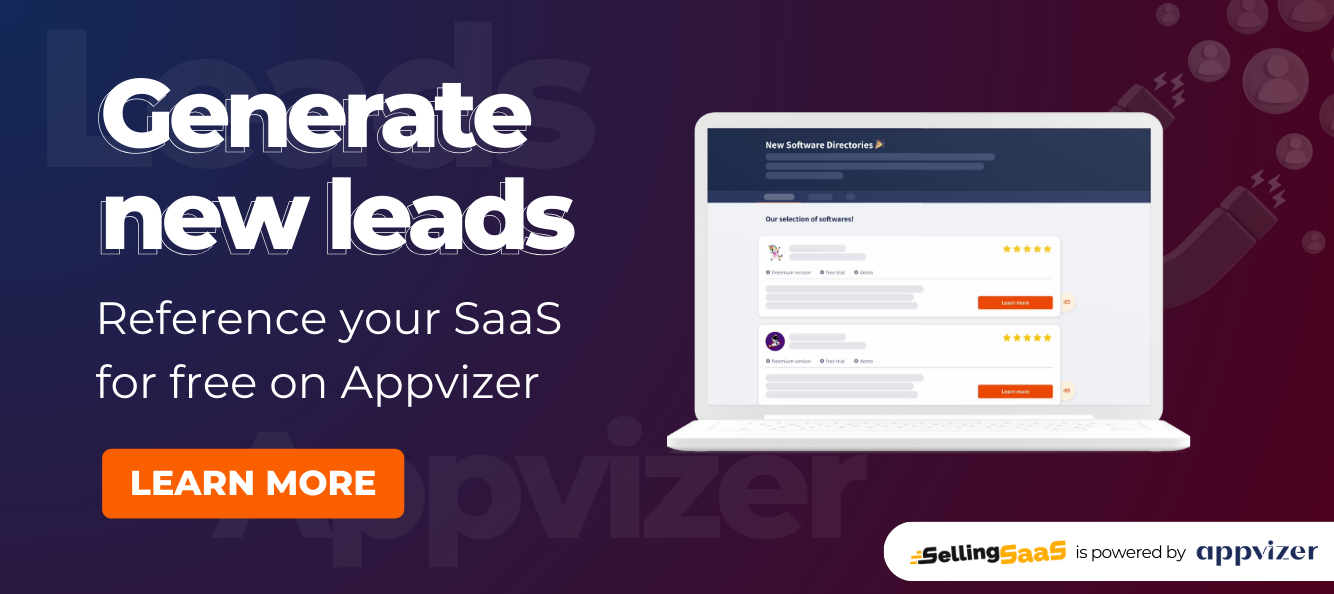Introduction: The Critical Role of SaaS Analytics
SaaS analytics stands at the forefront of the modern software-as-a-service industry, a pivotal tool enabling companies to navigate the complexities of a data-driven market. Picture a bustling digital marketplace, where every decision and strategy hinges on understanding vast streams of data. In this scenario, SaaS analytics is the beacon, guiding companies to make informed, intelligent decisions.
Defining SaaS Analytics: The Compass of the Digital Sea
What is SaaS Analytics?
SaaS analytics refers to the systematic approach software-as-a-service companies adopt to process, analyze, and utilize their data for strategic decision-making. In an industry characterized by rapid technological advancement and fierce competition, leveraging analytics becomes not just a strategic asset but a necessity for survival and growth.
Why SaaS Analytics?
In a sea of competitors, SaaS companies need to differentiate themselves, and analytics offers that edge. It helps in identifying trends, understanding customer behavior, and predicting market movements. Without it, companies risk making decisions in the dark, potentially missing out on crucial opportunities for growth and innovation.
The Backbone of SaaS Analytics: Technology and Tools
Essential Technologies in SaaS Analytics
- Business Intelligence (BI) Tools: These are at the core of SaaS analytics, enabling companies to transform raw data into actionable insights.
- Artificial Intelligence and Machine Learning: AI and ML elevate analytics from reactive reporting to proactive prediction and personalization, offering advanced insights into customer behavior and market trends.
User-Friendly Analytics Systems
A key characteristic of effective SaaS analytics tools is their accessibility. They must cater to both tech-savvy analysts and non-technical users, ensuring that insights derived from data are comprehensible and actionable across all levels of the organization.
The Indispensable Benefits of SaaS Analytics
Operational Efficiency and Cost Management
Through precise data measurement, SaaS analytics optimizes operational efficiency, helping companies allocate resources effectively and eliminate wasteful practices.
Predictive Analytics for Strategic Foresight
Advanced analytics tools like Sisense not only provide a view of current operations but also forecast future trends, enabling companies to prepare and adapt to market changes proactively.
AI and ML Integration for Competitive Advantage
Integrating AI and ML into SaaS analytics transforms the software from a mere data processing tool to a sophisticated system capable of offering predictive insights and personalized customer experiences.
Key SaaS Metrics and KPIs Every Business Should Track
- Churn Rate
- Churn rate, a critical health indicator for SaaS businesses, reflects the percentage of customers leaving the service over a specific period. It’s essential as it signifies the value and stickiness of your product. A high churn rate may indicate the need for product optimization to enhance customer retention.
- Annual Recurring Revenue (ARR) and Monthly Recurring Revenue (MRR)
- ARR and MRR are vital growth metrics. MRR sums up all recurring revenue from subscriptions monthly, while ARR multiplies this by 12 for the annual figure. These metrics are crucial for short-term and long-term planning, providing a clear picture of steady revenue streams.
- Customer Lifetime Value (LTV)
- LTV represents the total revenue expected from a customer over their account’s lifespan. It’s a more comprehensive metric than conversion rate, as it helps in forecasting long-term revenue and profitability. Ensuring that LTV exceeds customer acquisition costs is fundamental for a sustainable business model.
- Average Revenue per User (ARPU)
- ARPU measures the monthly revenue generated per user. While sometimes seen as a vanity metric, ARPU is invaluable for spotting trends among customer cohorts and segments, guiding strategies to increase the overall profitability pool in SaaS.
- Metrics for Executives
- For C-level executives, having a dashboard that aggregates all critical KPIs—like profit and loss, new versus recurring business, open-to-sales ratio—is a game-changer. It provides an instant, comprehensive view of business health and success drivers.
Leveraging SaaS Metrics for Business Growth
1. Uncovering and Addressing Churn
- SaaS analytics tools offer real-time insights into churn rates, going beyond basic understanding to deep-dive analyses. Identifying the root causes of churn allows SaaS companies to implement targeted strategies to reduce it, potentially automating certain processes to enhance customer retention. By addressing churn proactively, companies can significantly improve their customer lifecycle and overall profitability.
2. Operational Efficiency and Cost Reduction
- Accurate data measurement through SaaS BI tools enables businesses to streamline operations. By identifying effective strategies and eliminating wasteful practices, companies can maintain lean operations. This agility is crucial, as what works in one season (like January) may not be effective in another (like June). Continuous monitoring and adaptation are key to ensuring that strategies remain effective and resources are optimally utilized.
3. Predictive Insights and Market Trends
- Advanced SaaS BI tools, such as those offering data storytelling, provide predictive insights into market trends. This capability allows companies to forecast revenue from different customer segments, including predictions of churn timelines, enabling preemptive actions. Especially in times of market volatility (as seen in 2020), these predictive capabilities are invaluable for navigating uncertainties and emerging stronger.
4. Enhanced Customer Segmentation
- Effective customer segmentation, based on metrics like industry, MRR, LTV, or churn rate, leads to a more personalized user experience. Understanding the nuances of different customer segments allows SaaS companies to optimize their targeting and improve user experiences, leading to increased revenue and loyalty. For instance, identifying customers with the highest LTV can provide insights into what makes them valuable, guiding strategies to attract similar customers.
5. Empowering Marketing Efforts
- SaaS analytics enable marketers to tailor their strategies based on concrete data. For example, by understanding the features most valued by power users, marketers can craft messages that resonate with similar prospects, attracting customers with similar profiles. This targeted approach not only enhances marketing effectiveness but also sets the stage for long-term customer relationships.
6. Campaign Tracking and Optimization
- The ability to monitor and evaluate the effectiveness of marketing campaigns, such as email marketing strategies aimed at reducing churn, is vital. Tracking these campaigns helps in assessing their success, identifying areas for improvement, and determining their repeatability. This data-driven approach ensures that marketing efforts are not only creative but also quantifiable and results-oriented.
Empowering Customers Through SaaS Analytics
Case Study: Orion’s Analytics Transformation
Orion, a SaaS provider for financial advisors, exemplifies the power of customer-centric analytics. By implementing Sisense, Orion enabled its clients to access detailed, personalized data insights, significantly enhancing client engagement and satisfaction.
Challenges and Future Directions in SaaS Analytics
Data Privacy and Security
As the reliance on data analytics grows, so does the need for stringent data security and privacy measures.
Integration Complexities
Seamlessly integrating analytics into existing SaaS platforms remains a technical challenge, requiring careful planning and execution.
The Future: AI and Automation
The next phase in SaaS analytics will likely be dominated by AI and automation, offering even more sophisticated tools for data analysis and decision-making.
Conclusion: The Strategic Partner in a Data-Driven World
SaaS analytics is not just a tool; it’s a strategic partner for companies in the rapidly evolving SaaS industry. From enhancing operational efficiency to offering predictive insights, SaaS analytics has become an indispensable element of modern business strategy.


